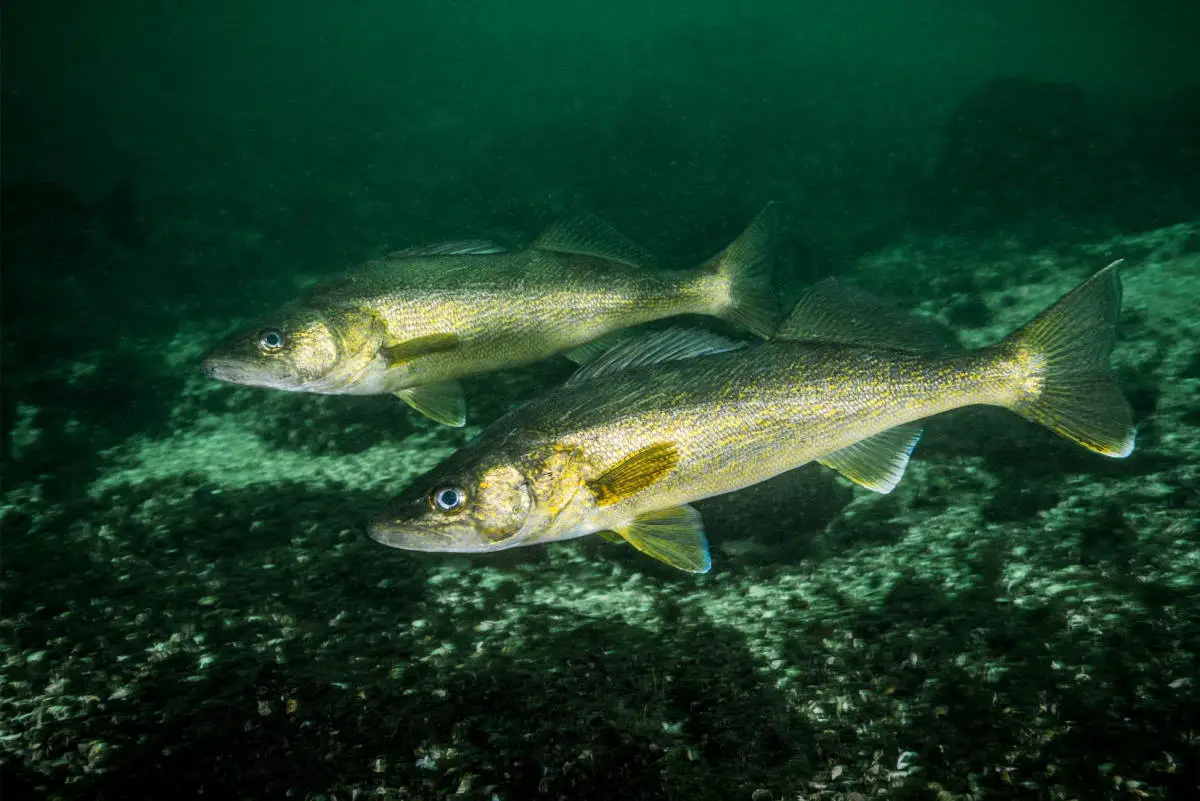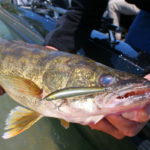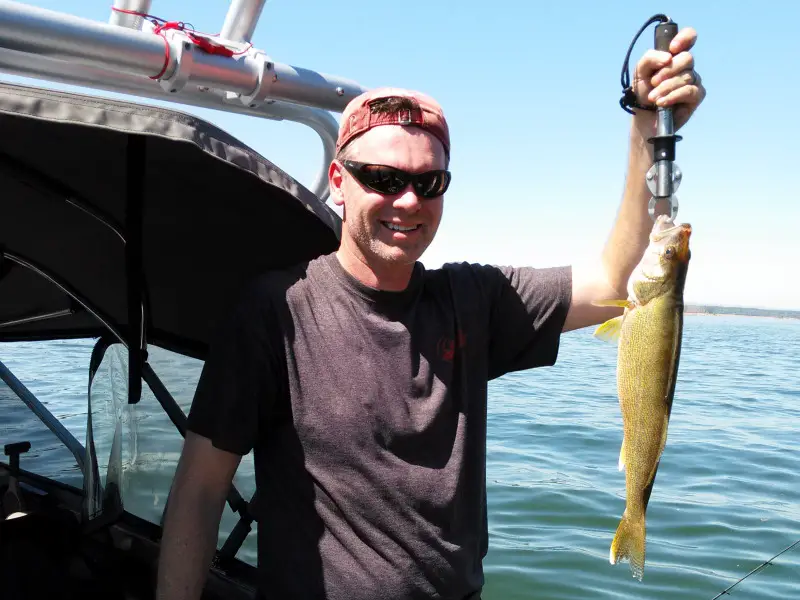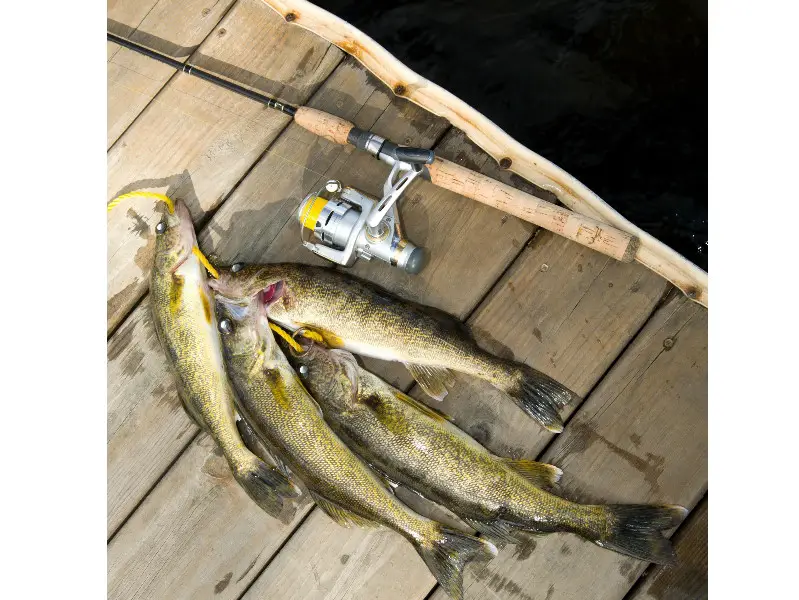Walleye fishing is currently one of the most popular activities during early and mid-summer due to their spawn time. However, any pro angler will let you know that a lot goes into planning when to catch walleyes. Some of the planning includes finding the ideal location and using the best bait.
Walleye spawning refers to the egg-laying and hatching of the walleye fish species. During summer, walleye are very active and make easy prey for the fishing season. Walleye spawning can happen outdoors in nature or be factory-farmed through hatcheries.
If you’re worried about not understanding walleye fishing, don’t. In this article, we’ll discuss all the information you need to know about walleye spawning. We’ll also provide tips on how to create spawning areas and raise walleye in hatcheries.
What Is Walleye Spawning?
Walleye spawning is a term used to describe the spawning, or egg-laying and fertilization, of walleye fish. A spawn happens once a year and is when fish are the easiest to catch due to their egg-laying behavior. This is because female and male fish all travel to similar locations to lay eggs.
During the spawn, the healthiest fish are gathered together and will be found in abundance. The female walleye are ready to be caught only after they have become fertile. This is how anglers can catch an abundance of fish without destroying the walleye population.
When Does Walleye Spawn Occur?
Walleye generally spawn in shallow waters one to 20 feet (0.3-6.1 meter) deep at the end of March into early April. They can spawn in low-lit conditions either 30 minutes before or after sunrise. Aside from that, they can also spawn before or after sunset.
The walleye species are susceptible to water temperature. So, there are a few variables at play for the spawn to be successful. Mainly, the environment plays a significant role.
How Do Walleye Spawn?
Think of walleye spawning like bird migration patterns. During a particular time of year, birds head south for the winter. While birds are trying to keep warm and survive winter conditions, walleye fish migrate to lay eggs for the spawn.
So, a walleye will travel to warm climates of around 50°F (10°C) to lay its eggs. It starts by migrating to a specific location and finding a suitable and safe place to lay its eggs. Then it lays them. After that, the eggs will wait to be fertilized by a male walleye.
After the spawn, the walleye will be excessively worn out. They will be more willing to go for bait due to wanting a fast recovery. This is the best time to catch them as they will be looking for food and nutrients and will have their guard down.
How Old Are Walleye When They Start Spawning?
Walleye start spawning when they reach sexual maturity. For fishes, this number varies depending on their sex. For the most part, female walleye reach sexual maturity at age four to five. On the other hand, male walleye reach sexual maturity by age two to four.
Of course, sexual maturity ranges depending on age, size, location, etc. So, it’s not always recommended to take these numbers as facts. There is a bit of variation based on the factors mentioned earlier.
Where Do Walleye Spawn?
The environment where walleye prefer to spawn is in rocky-bottomed areas that provide gestating walleye eggs protection from predators. Additionally, the location is generally an area with moderate waves, which helps keep the gestating eggs oxygenated and free from silt buildup.
There are a few reasons as to why walleye prefer these conditions. These conditions help protect the walleye’s eggs from harm and ensure successful hatching. Secondly, it keeps the mature fish safe while they lay their eggs and fertilize them.
Depending on the surrounding environment, walleye may also spawn in unlikely places. If there are no suitable spawning areas, a walleye may lay its eggs on a sandy beach’s northern and eastern shores. Another area walleye fish may lay eggs is in lakes, reservoirs, streams, and tributaries.
Walleye will spawn anywhere in dim-lit conditions as long as the water temperatures are close to 50°F (10°C). This is because they enjoy warmer weather and have excellent eyesight, even in dark conditions. The water temperature also ensures that the fish eggs survive to hatch.
Where Can You See Walleye Spawn?
Walleye spawns are spread out because it protects the species from being entirely wiped out. If we take a closer look at fish-laying egg patterns, we’ll see the nests are spread about the environment. That way, if there’s a natural disaster or predators, the entire school of fish won’t be decimated.
This is not only crucial for the eggs being laid but also important for the species’ survival. The spread-out spawns ensure the species continues if one area gets destroyed. Hence, it’s a vital part of survival for fish.
Aside from that, Walleye look for the best place for laying their eggs. Walleye fish are not territorial when spawning and will lay their eggs close to each other and crowd together. The problem with this behavior is that it can overcrowd an area.
Due to that, the walleye fish will spread out their territory. If one area is overcrowded and doesn’t have room for the eggs, they will find the next best location near them. Hence, they spread out to avoid overcrowding and for the survival of their species.
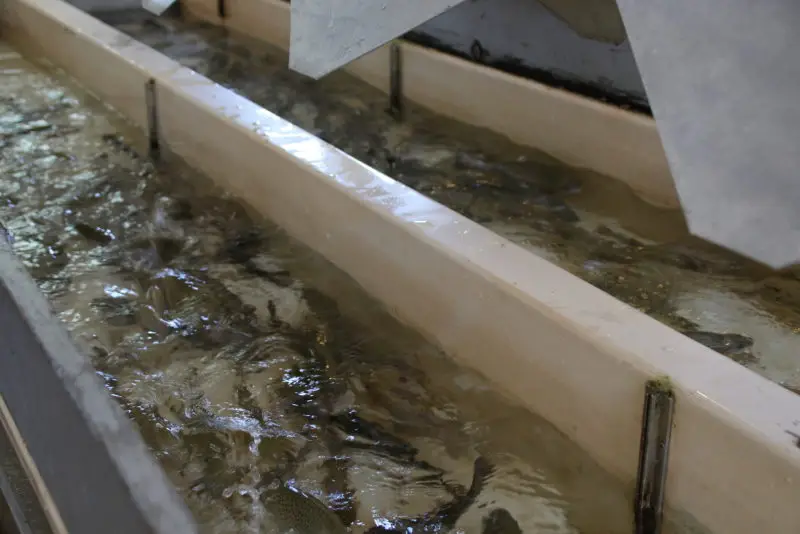
Can Walleye Be Raised in a Hatchery?
Walleyes have been raised successfully outdoors and indoors in hatcheries. In the hatcheries, walleyes are bred to grow larger than their wild counterparts. This is, of course, so that they are more profitable when marketing.
Aside from that, walleye fisheries function both indoors and out. However, the most successful walleye farming has been in outdoor pond-type systems. The most recent successful method for indoor systems has been larval tank rearing systems that successfully manage water temperatures.
Can I Create Spawning Areas for Walleye?
You can create spawning areas for walleye with the right outdoor environment. There are two main types of outdoor fisheries you can make: a river spawning habitat or a lake spawning habitat. Each provides a decent amount of safety that can lure walleye into spawning there.
Here is a breakdown of why the spawn areas would be ideal:
- River Spawning: Rivers include rivers, creeks, streams, and the tributaries of a lake. They choose gravel-cobble substrates, so make sure there are plenty of these areas set up. It’s an ideal spot for spawning due to the fast-flowing water that will enable the eggs to stay oxygenated.
- Lake Spawning: Lakes include areas with gravel-rubble shoals, wave-washed lake shallows, or open lakes. The eggs won’t be as oxygenated unless there is enough wave action. To do this, you should face shoals towards the main wind direction to compensate for the lack of natural oxygenation.
River vs. Lake Spawning
If you’re stuck choosing between river or lake spawning, then we can offer some insight. There are pros and cons to each environment, but the better option will be river spawning. The reason for that is because river and creek spawning is less weather-dependent. Lake spawning is highly reliant on weather, and any change can cause the fish eggs not to hatch.
Another reason why river spawning is preferred is because of water quality. The water quality can become tainted if too many algae grow or there’s too much wave action. If either of these conditions happens, then there will be no spawn. Hence, it’s essential to choose wisely as only some populations of walleye prefer lake spawning.
Final Thoughts
Walleye spawning is critical, as it provides more fish that can be caught. Understanding how walleye reproduce can help you create a successful spawning area or hatchery. If you’re interested in learning more about how to catch walleye, check out the Fish Habitat Toolkit Guide.
